This promotional booklet was put out by the Covina Valley Farmers' Club in March, 1907.1 Some of these images (all by Tucker Studios) are quite rare; a few likely never published elsewhere before or since. Its 12 photos are presented here in the same order they appear in the booklet. (Click on any of the black-and-white pictures to view an enlargement.)
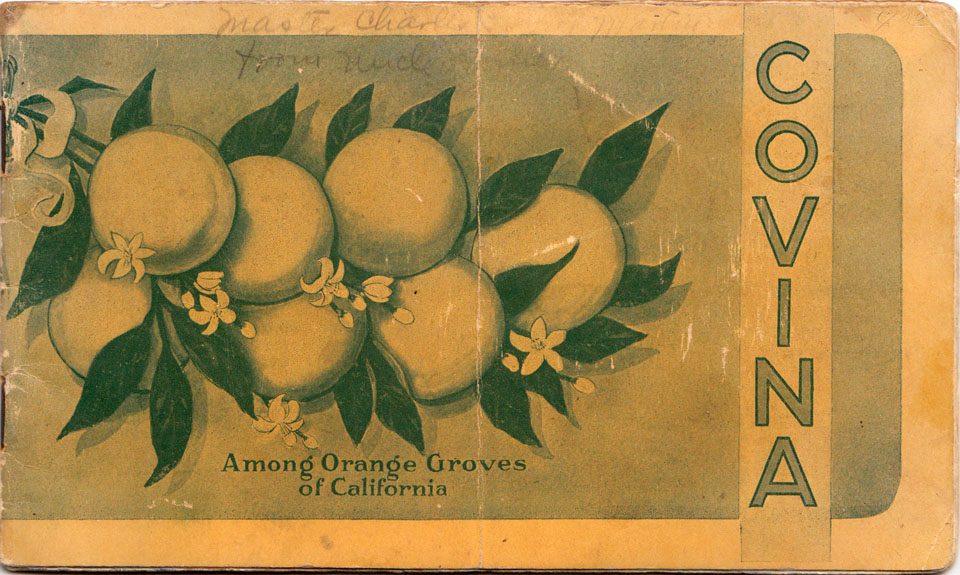
I believe the faded pencil inscription reads "Master Charles ... Martin / from Uncle Archie"
I've always liked this picture of Hollenbeck back when the palms were young. Donald Pflueger says this is Hamilton Temple driving his 1901 Oldsmobile;2 one of the first automobiles in Covina. (No stone pillars on the street yet, apparently.)
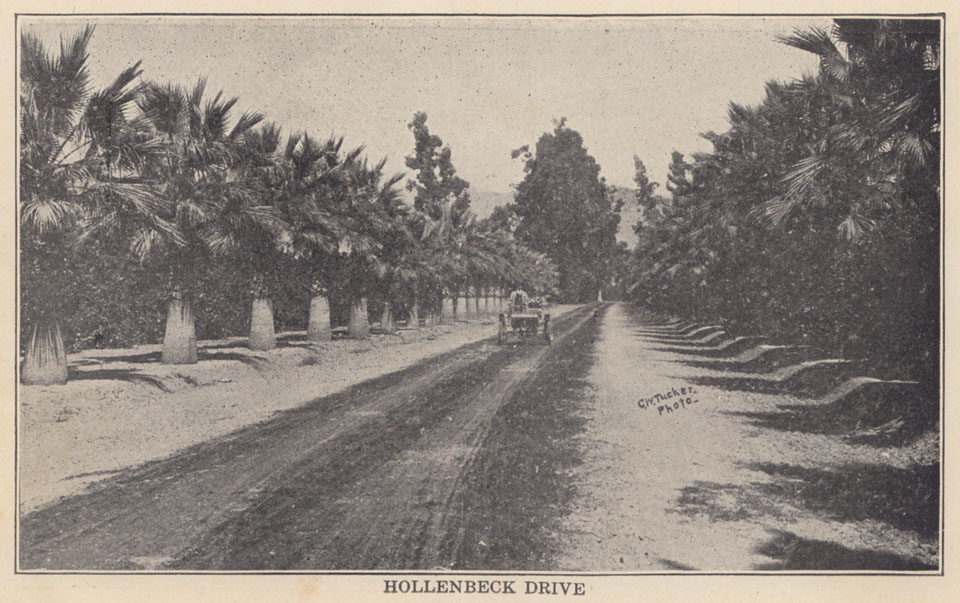
Badillo Street used to be lined on both sides with some of the the fanciest residences in town. A handful still survive today, but sadly, the two pictured here are not among them.
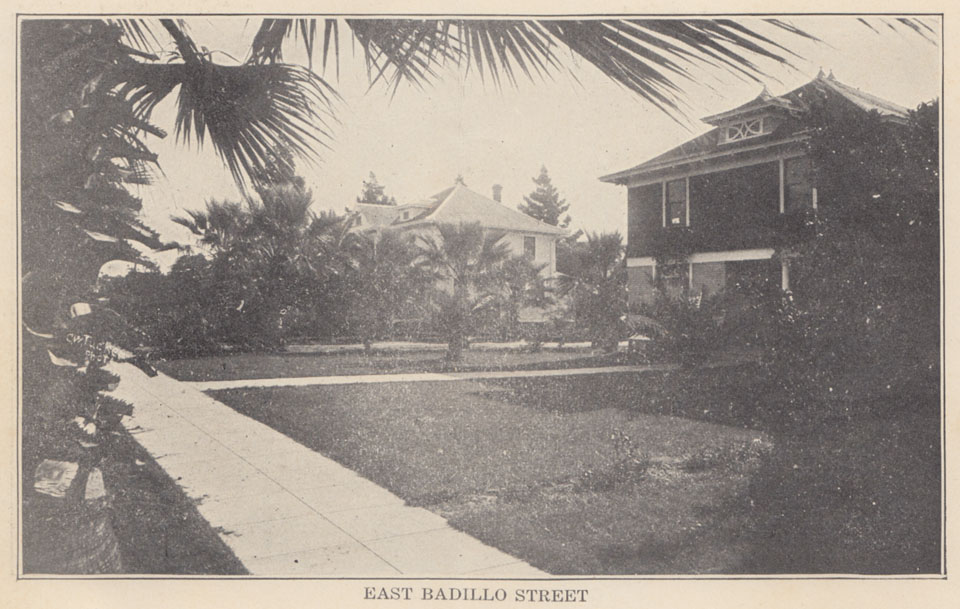
The Covina Country Club was built around 1900 and was located on the northeast corner of Second and San Bernardino Road. It was primarily for businessmen and served as a kind of Chamber of Commerce before the city had its own official such organization. It was disbanded in 1919 and the structure demolished in 1953.3
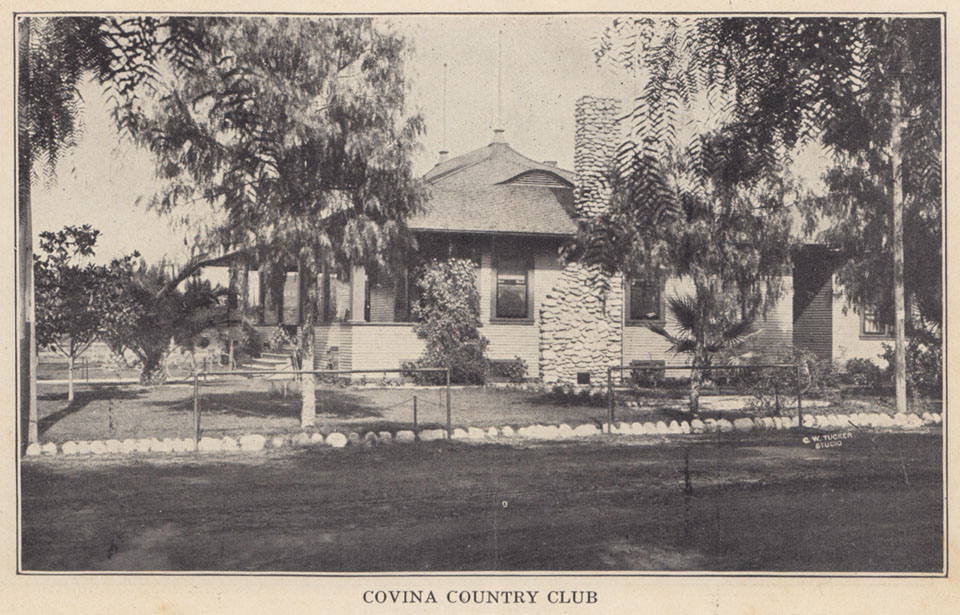
The first Covina Woman's Club was constructed in 1904 and was located on the northwest corner of Citrus and Center. It was the city's unofficial non-sectarian community center and hosted many gala events over the next 50+ years.
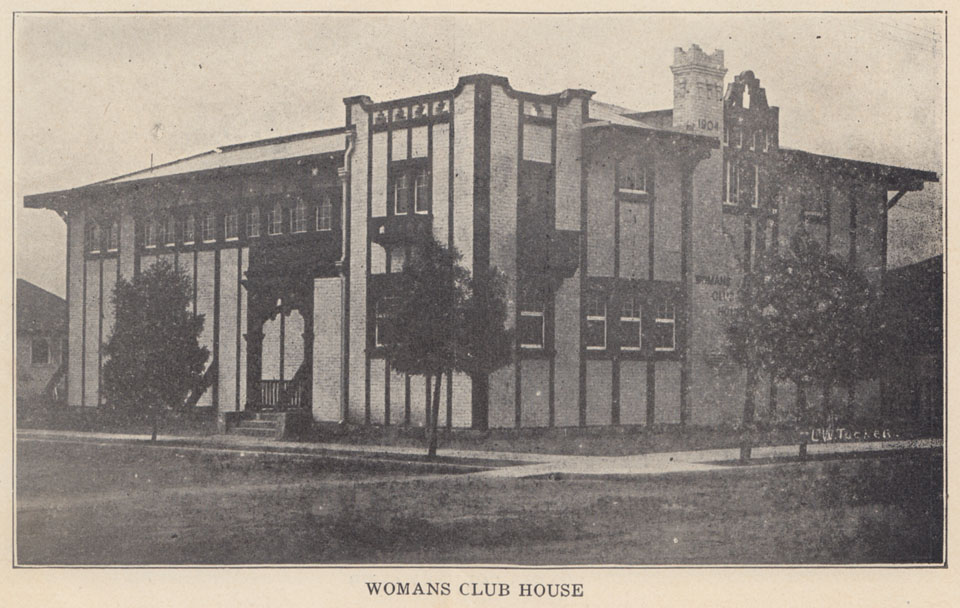
The original Covina Carnegie Library stood on the site of the present library at the southeast corner of Second and Italia. It was erected in 1905 and demolished in 1963.
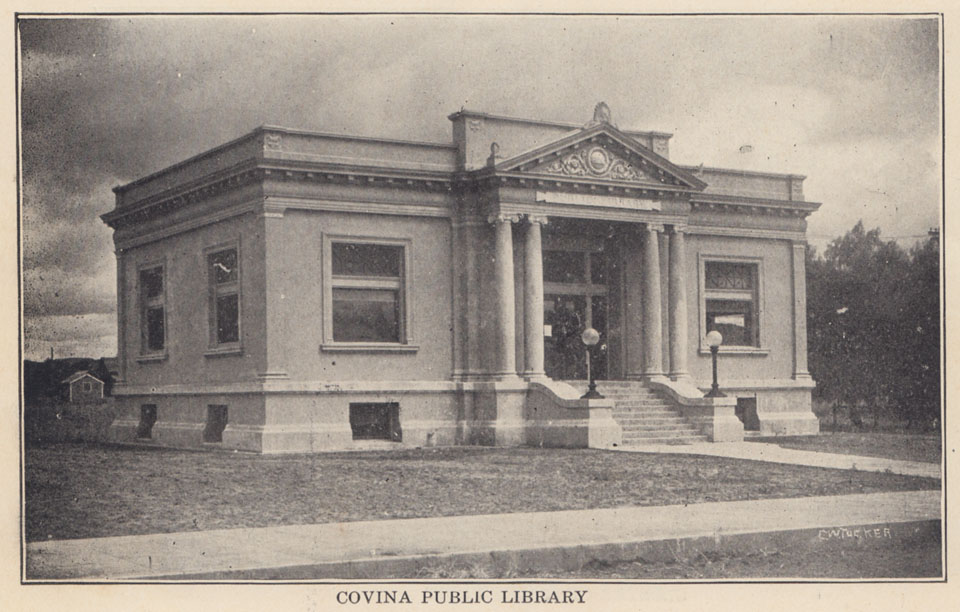
The Covina Christian Church was dedicated in 1904 and was located on the northeast corner of San Bernardino and Park Avenue. It was the first of the modern 20th century houses of worship to be built in town.4
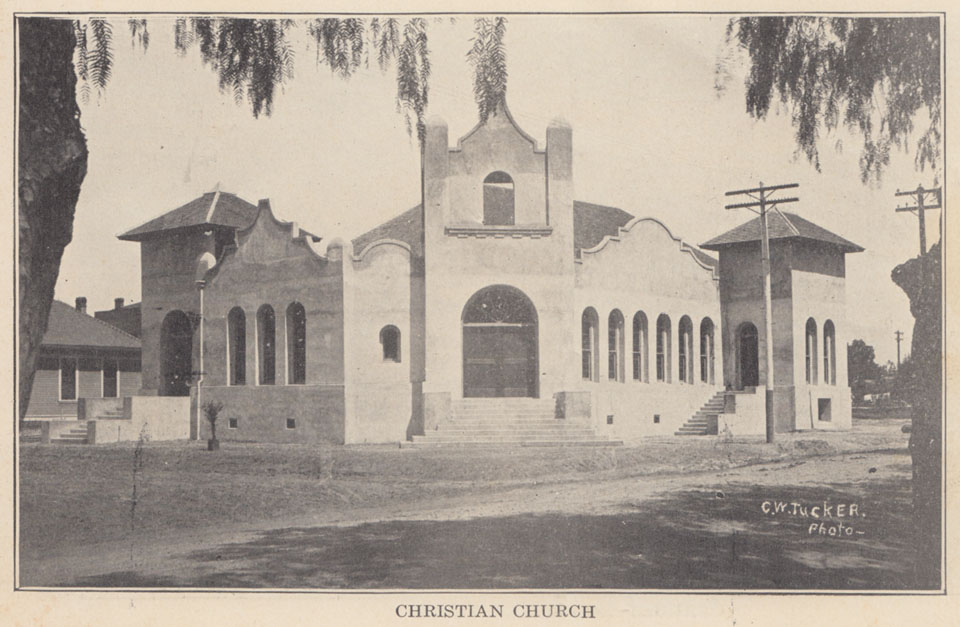
The home of C. S. Beardsley on East Badillo Street.5 He was mayor of Covina from 1912-1916.4
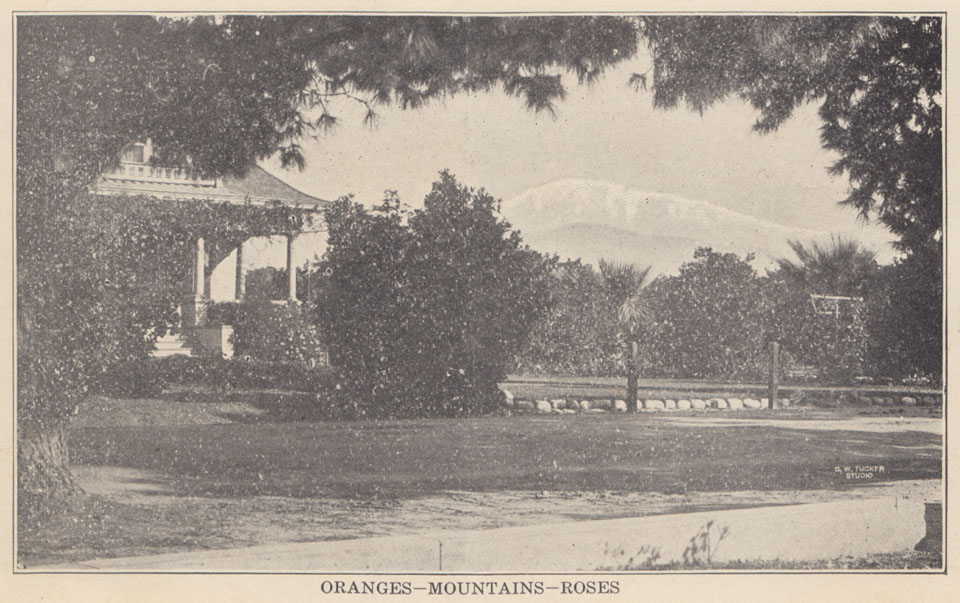
Whether you grew up rich or poor, pretty much every able-bodied man worked in Covina's orange groves at one time or another.
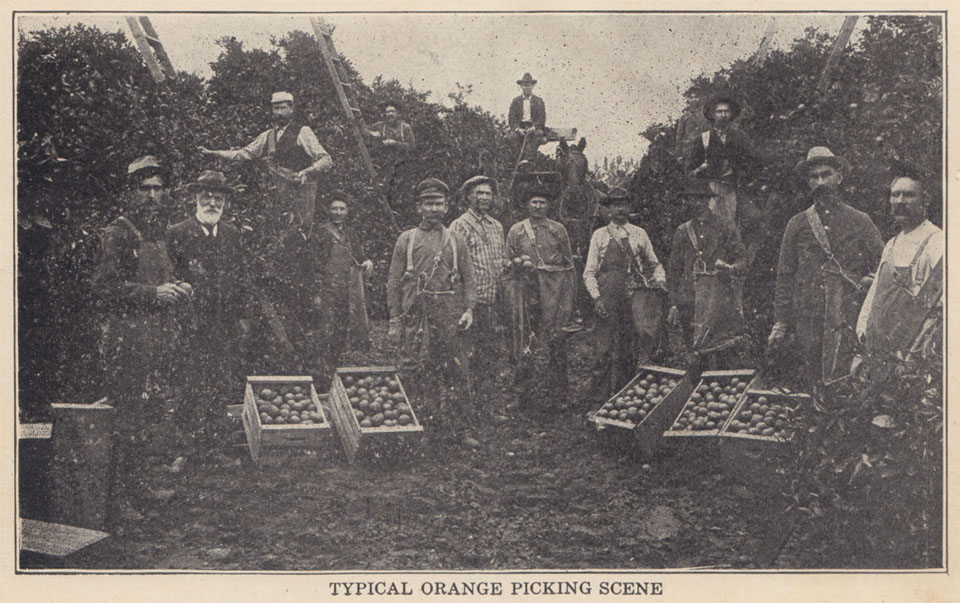
Not everyplace around Covina grew citrus. A fair portion of today's West Covina was planted in grain prior to the 1920s.
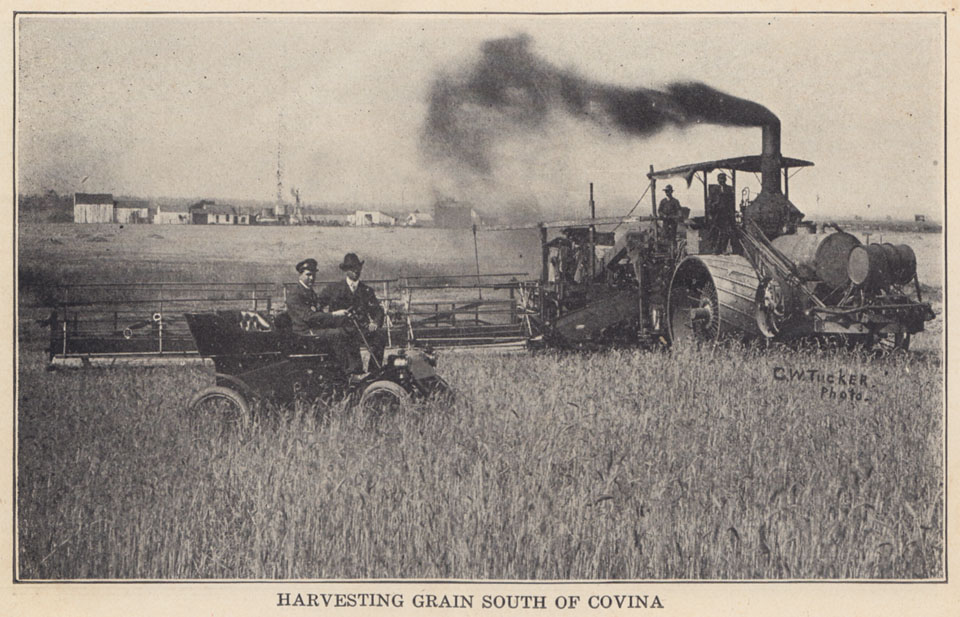
"Palmetto Grove" was the stately home of Col. Frank M. Chapman (1849-1909), one of early Covina's more prominent and respected citizens.6 It was located on the east side of today's North Grandview Avenue, south of Cypress.
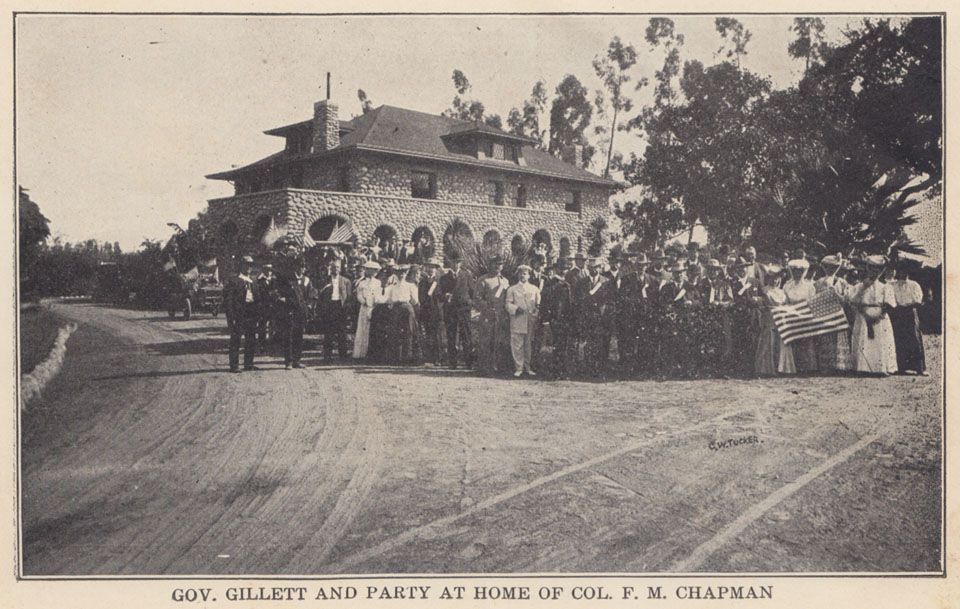
This elegant residence was built in 1898 and stood on the northwest corner of Badillo and Second. It became Covina's first hospital in 1922.2
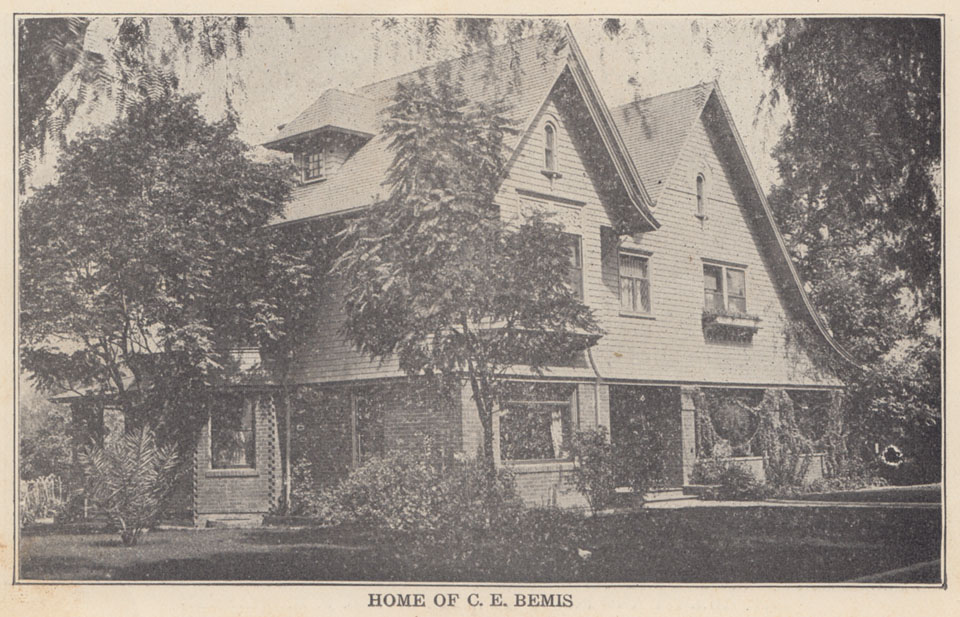
Before the dams were constructed upstream, the San Gabriel River could be a terror to valley residents when it flooded. This may be the Pacific Electric rail bridge formerly located where Ramona Boulevard crosses the river today.
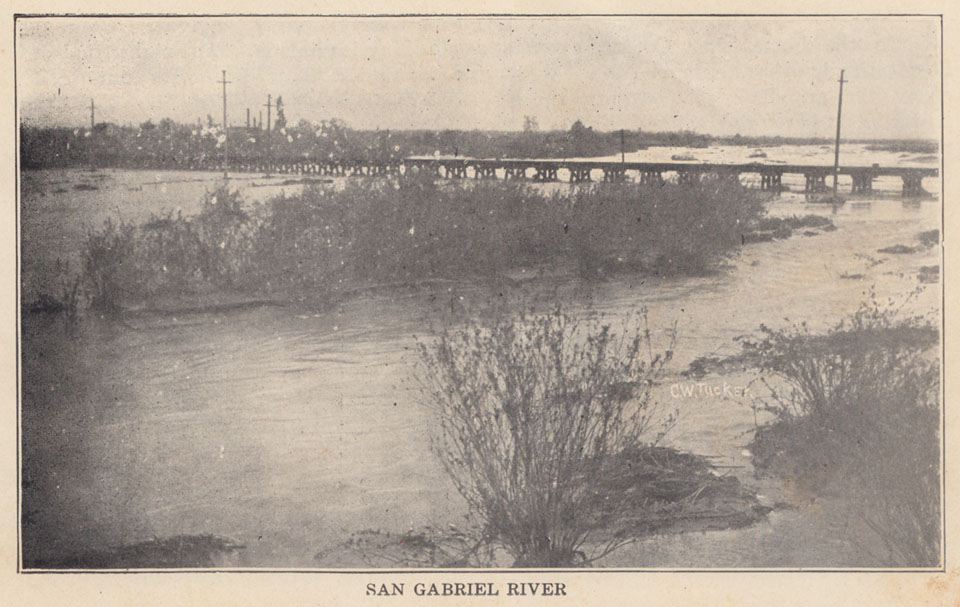
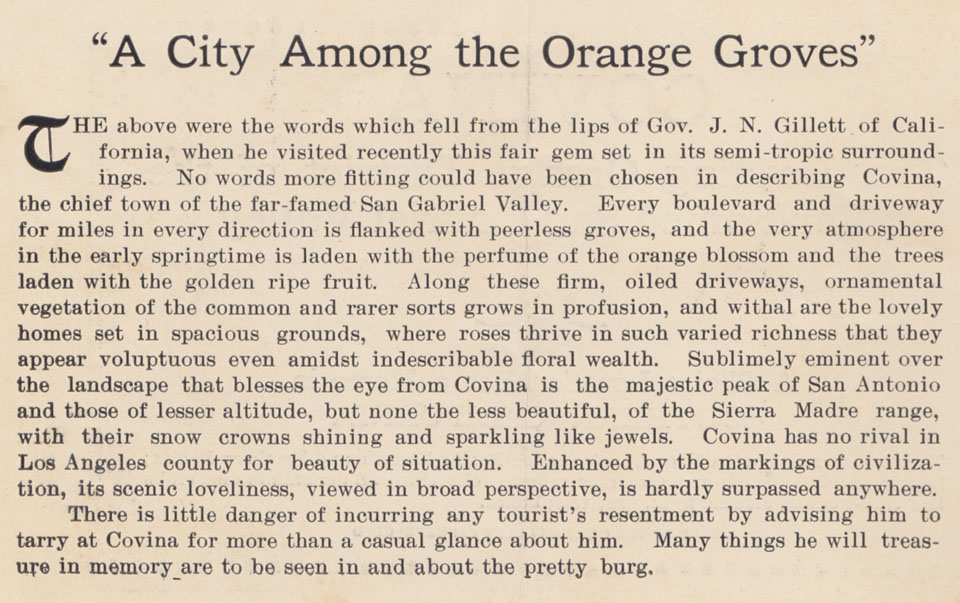
Personal footnote: In the past, I've seen this old pamphlet sell for hundreds on eBay, but I was recently able to obtain mine for the price of a decent restaurant meal. The condition is far from museum quality (the previous ones I mentioned were so pristine they looked like they came out of a time machine), but the pictures in this one scanned perfectly, which is all I really cared about. :-)

References:
1 Covina Argus, March 30, 1907, p.7.
2 Pflueger, D. H. 1964. Covina: Sunflowers, Citrus, Subdivisions. Castle Press, Pasadena, California, 372pp.
3 Reed, G. D. The Citrus Peal, newsletter of the Covina Valley Historical Society, April 2019, p.5.
4 _______. The Citrus Peal, April 2014, p.5.
5 Covina Argus, October 5, 1907, p.11.
6 Covina Argus, March 20, 1909, p.1.
1 comment:
Was there a fire at the library at Second and Italia? Or was it the "new" library? (Maybe a minor fire.)
My family attended the First Baptist Church across the alley from the library. The old, and new, are at the far reaches of my memory.
Post a Comment
To post a comment, you must login to this page with the Google Chrome web browser. That is the only way that works now.